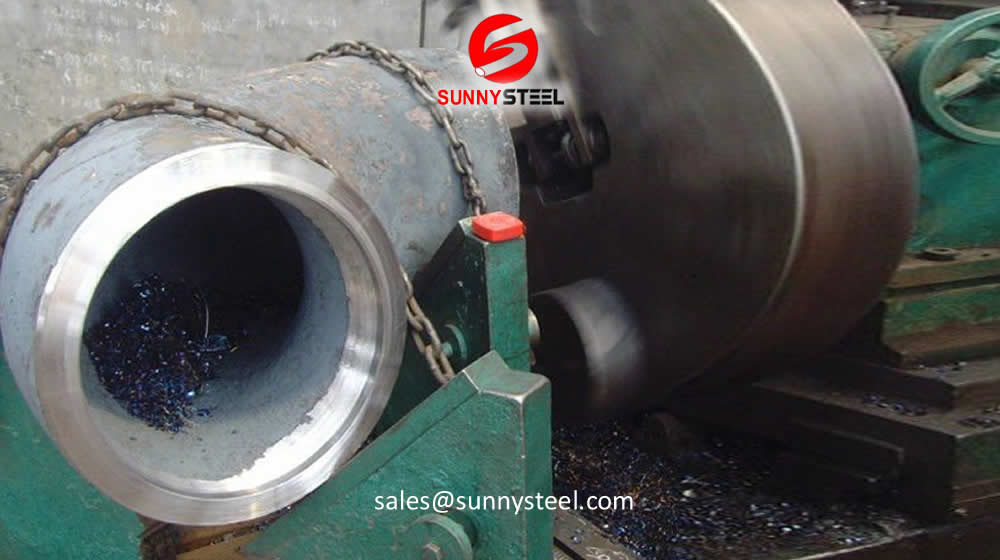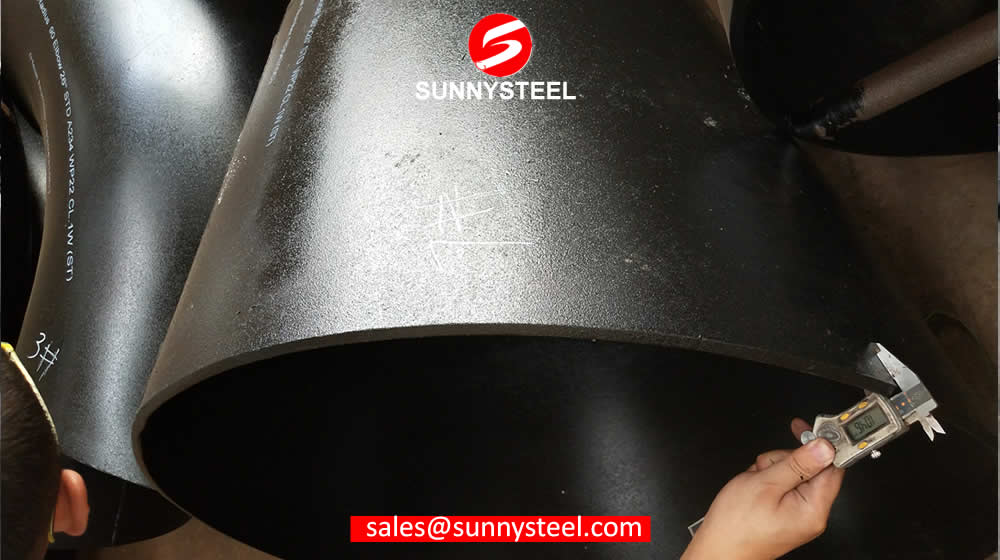Pipe Fitting by Types
Pipe fittings are widely demanded for any piping and plumbing systems used in industrial and commercial applications.
Fittings allow pipes to be joined or installed in the appropriate place and terminated or closed where necessary. Fittings are available in various shapes and sizes. They can be expensive, require time, and different materials and tools to install. They are an essential part of piping and plumbing systems. There are thousands of specialized fittings manufactured. Each type of pipe or tube requires its own type of fitting, but usually all pipe fittings share some common features. Pipe fittings are available everywhere where plumbing materials are sold.
How are pipe fittings connected to pipes?
Pipe fittings are either male fittings or female fittings. In threaded pipe fittings, female threads are on the inside while male threads are on the outside. Pipe fittings that have one female end and one male end are called street fittings. Pipe fittings are used to connect pipes or tubes in two ways:
- By threading: Threaded pipes screw together to connect or join. Generally metal pipes are threaded and they have threaded fittings.
- By slip fit: Slip fit pipes use sleeves that slip into one another. The plastic pipes are either threaded or slip fit.
Accordingly pipe fittings are organized as follows:
- Male threaded: Exterior threads. Are screwed into the inside of pipe end of a larger diameter with internal threading.
- Female threaded: Interior threads. Receive male threaded pipe fittings.
- Male slip fit: There are no threads. Receive a narrower.
- Female slip fit: Female slip fit: There are no threads. Made to slip into slightly larger male sleeve.
Purpose of a pipe fitting:
The basic purposes of any pipe fitting are as follows:
- Connecting the bores of two or more pipes or tubes.
- Connecting pipe sections.
- Connecting a pipe to a different apparatus.
- Changing the direction of fluid/liquid flow.
- Maintaining or regulating the flow.
- Closing and sealing a pipe.
Selection criteria for pipe fittings:
Pipe fittings are to be chosen considering certain factors. They are as follows:
- Connection types: When purchasing pipe fittings, you should be aware of the fact that a fitting can have two different connector types. One end of the fitting might be female threaded while the other female threaded. One end might be male slip while the other end is threaded, in the case of plastic fittings. They can also have matching ends which can accommodate any requirement.
- Materials of construction: As a rule, the pipe fitting should be of the same material as the material used in the making of the pipe in which it is to be fitted. However, in some cases, materials conforming to certain codes or standards can also be used in pipes of another material.
- Check for flow: To keep the flow consistent, the ends of pipe fittings should be slightly larger than the rest of the pipe so that they can accommodate connections without narrowing the inner diameter (ID) of the pipe.
- Type of fitting: Besides pipe materials, pipe fittings are identified by the type of fitting — threaded or slip, male or female.
- Size: When measuring the size of pipe fittings, it is to be noted that the male threaded fittings are measured to the outside edge or OD, while female fittings are measured to the inside edge of the inlet or ID.
- Thickness: Just as pipes are available in a number of different thicknesses or “schedules”, so also the pipe fittings.
- Design: Each pipe or tube is designed to carry certain specific types of fluids, liquids, gases, chemicals under varying conditions. Accordingly, the pipe fittings are also available in variety of designs.
- Standards and codes: There are certain standards and codes set by various organizations by which the different pipe fittings are graded. For example, ASTM, ASME, BSP etc. are certain standards assigned to pipe fittings and those standards dictate their use.
Types of pipe fittings:
Depending on the purposes served, pipe fittings can be categorized as under:
- Pipe fittings to extend or terminate pipe runs: For example, Couplings, Adapters, Unions , Caps and Plugs Pipe.
- Fittings to change a pipe’s direction: For example , Elbows
- Pipe fittings to connect two or more pipes: For example: Tees, Cross, Side-inlet Elbows, Wyes
- Pipe fittings to change pipe size: For example, Reducers, Bushings, Couplings
- Pipe fittings to manage or regulate flow: For example, Valves
- Pipe fitting tools: For example, Pipe fasteners
- Pipe flanges




